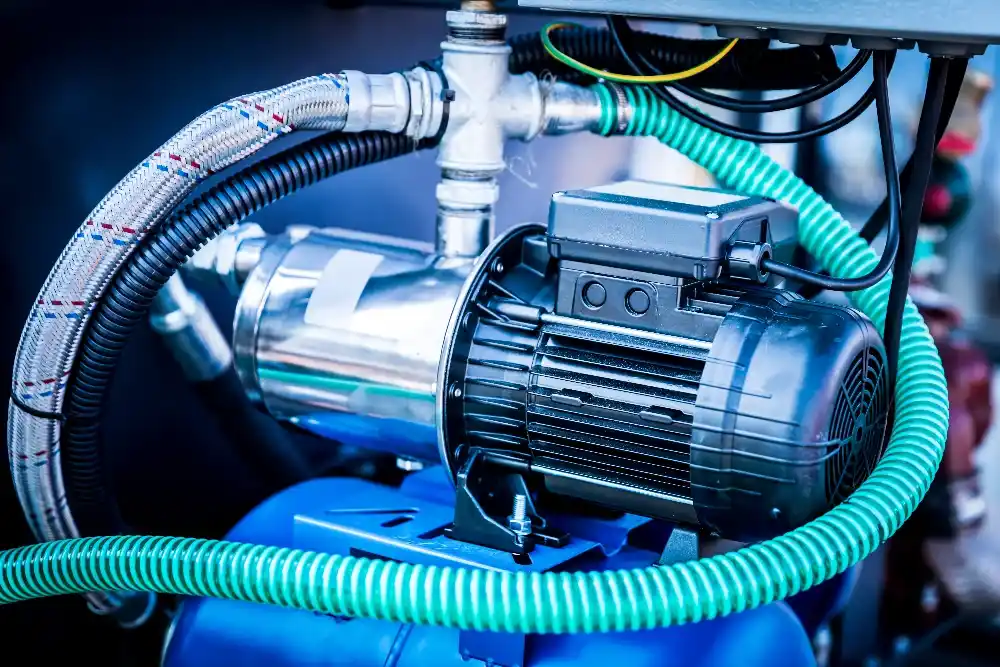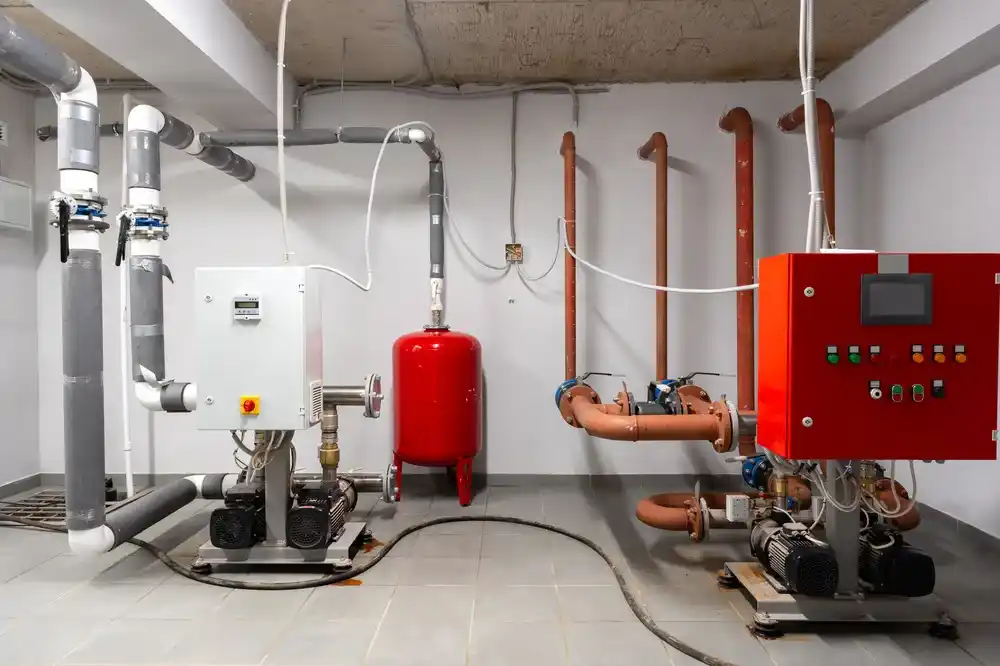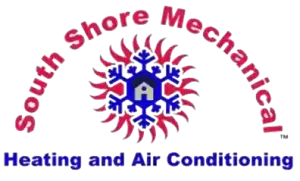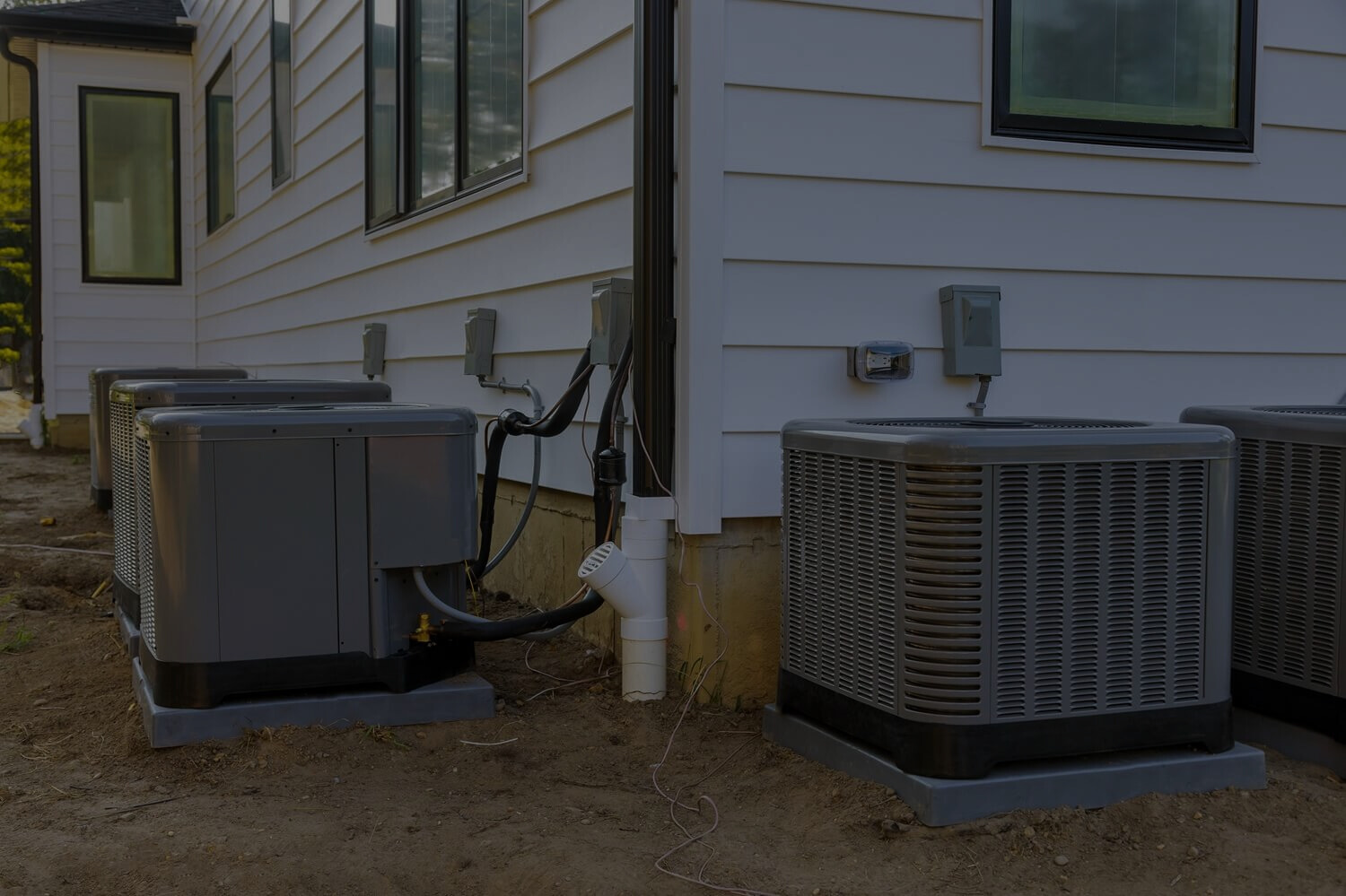
-
support
-
Blog
-
0 Comments
-
April 10, 2025
How Are Water Pumps in Hydronic Heating Systems Checked?
Hydronic heating systems are a popular and energy-efficient way to warm homes and buildings, especially in colder climates. The water pump is at the heart of every system—a vital component for moving hot water. Your entire heating setup could suffer if the pump isn’t working correctly. So, how are water pumps in hydronic heating systems checked to ensure they function correctly?
In this article, we’ll break it down in simple terms, explore how the system works, explain the signs of a failing pump, and give a step-by-step on how professionals test them.
What Type of Pump Is Used in a Hydronic Heating System?
Overview of Circulator Pumps
In most systems, circulator pumps are used. These pumps move heated water from the boiler to the radiators or underfloor heating, then back again to be reheated. They’re typically small, energy-efficient, and designed specifically for closed-loop systems.
Single-Speed vs Variable-Speed Pumps
Circulator pumps come in single-speed and variable-speed models. Single-speed pumps operate at a fixed rate, while variable-speed pumps adjust flow based on demand. Variable-speed models offer better efficiency, especially in systems where heating needs change throughout the day.
Choosing the Right Pump for the System
Selecting the right pump depends on the size of your home, the type of hydronic system you have, and the specific heating needs. A poorly sized pump can overwork or underperform, leading to inefficiencies and potential damage.
How Water Pumps Work Within Hydronic Heating Systems
Role of the Pump in Circulating Heated Water
The pump’s primary role is to circulate heated water from the heat source to the distribution system. Whether it’s radiators, baseboards, or underfloor heating, the pump keeps water moving efficiently so that every room stays warm.
How Pump Performance Affects System Efficiency
A properly functioning pump ensures that heated water is delivered quickly and evenly throughout the system. When the pump starts to fail, it can lead to uneven heating, higher energy consumption, and increased wear on the boiler and pipes. That’s why understanding how water pumps are checked in hydronic heating systems is so important.
How Are Water Pumps in Hydronic Heating Systems Checked?
Visual Inspection of the Pump
The first step is a visual inspection. This involves checking for leaks, rust, loose wiring, or physical damage. Cracks or buildup around the pump housing can indicate aging or wear.
Listening for Warning Noises
Strange sounds like grinding, humming, or rattling may mean something is wrong. Noise can point to worn bearings, trapped air, or debris in the pump. Listening carefully helps catch issues early.
Electrical and Motor Testing
A technician will check the electrical connections and test the motor with a multimeter. This ensures the motor is receiving power and functioning correctly. Burnt wires or poor connections could be signs of failure.
Verifying Flow and Pressure Readings
Next, they’ll measure the flow rate and pressure to confirm the pump is circulating water as it should. Low flow may suggest blockage, wear, or pump misalignment.
Checking Temperature Differentials
Measuring the temperature before and after the pump helps identify performance problems. A significant difference may mean the water isn’t moving fast enough, reducing heating efficiency.
Maintenance Tasks During an Inspection
Routine maintenance might include lubricating moving parts, cleaning filters, removing air from the system, and tightening loose components. Regular maintenance not only prevents breakdowns but also extends the pump’s life.
Signs of a Failing or Inefficient Pump
Noisy Operation or Vibration
Constant noise or vibration coming from the pump is often a red flag. This may mean the bearings are worn, or there’s air trapped in the system.
Uneven Heating in the Building
If some rooms feel much colder than others, it may be due to poor circulation caused by a pump not working correctly.

Higher Energy Bills or Frequent Cycling
A pump that cycles too often or runs continuously could struggle to move water efficiently. This leads to higher energy bills and puts more stress on the system.
Visible Leaks or Corrosion
Leaks or rust around the pump area can indicate internal damage or aging. If not addressed, it could lead to pump failure.
How Do You Pressure Test a Hydronic Heating System?
1. Turn Off the System
Before testing, the system must be turned off and allowed to cool.
2. Isolate the System
Close off the valves to isolate the part of the system being tested. This ensures accurate pressure readings.
3. Connect a Pressure Gauge
A gauge is attached to a suitable test point in the system, typically a drain or bleed valve.
4. Pressurize the System
The technician pressurizes the system to a safe testing level using air or water—usually higher than the operating pressure.
5. Monitor the Pressure
The system is monitored for a specific time. If pressure remains steady, the system is likely free of leaks.
6. Check for Drops
If pressure drops, there may be a leak in the system or pump. This step is crucial for diagnosing hidden issues.
7. Release Pressure and Reconnect
Once testing is complete, the pressure is released, and the system is reconnected and restarted.
Why Pressure Testing Matters for Pump Performance
Pressure testing ensures there are no leaks or blockages in the system that might hinder the pump’s ability to circulate water. If there’s a pressure issue, the pump will have to work harder, which shortens its lifespan and lowers efficiency. That’s why it’s often included in regular checks when determining how water pumps in hydronic heating systems are checked.
What Affects the Lifespan of a Water Pump?
System Design and Water Quality
Hard water, air bubbles, and poor system design can cause scale buildup or wear on the pump components, leading to early failure.
Usage Patterns and Operating Conditions
The more the pump runs, the more it wears down. Constant on-off cycling and extreme temperatures also affect durability.
Importance of Regular Maintenance
Regular maintenance keeps the pump running smoothly. Simple tasks like checking connections, cleaning filters, and lubricating moving parts can significantly improve performance and longevity.
Need a Test? Contact South Shore Mechanical for Your Hydronic Heating System
Now that you know exactly how are water pumps in hydronic heating systems checked, you’ll understand how crucial inspections and maintenance are to system performance. Whether you’re dealing with uneven heating, strange noises or want peace of mind, we’re here to help.
At South Shore Mechanical, we specialize in hydronic heating systems—including heat pump hydronic heating—and have the tools and expertise to test, diagnose, and maintain your system. Don’t wait until a small issue becomes a big problem. Contact us today for professional service you can count on.

